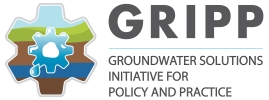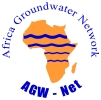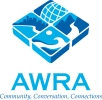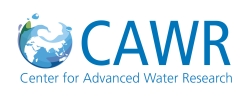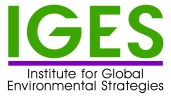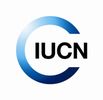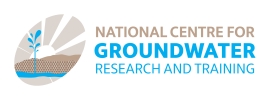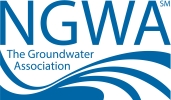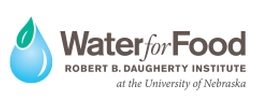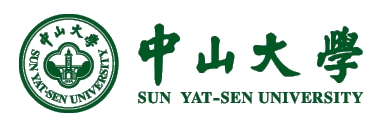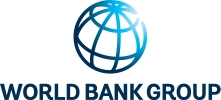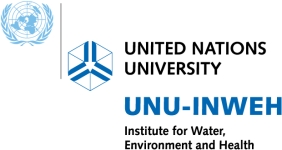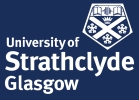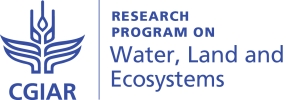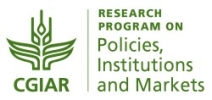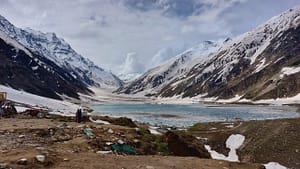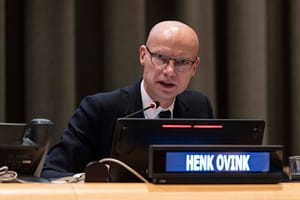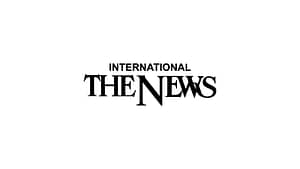Partners in the RAMOTSWA Transboundary Aquifer Project have come together for a workshop to mark the project’s official close. Held at the Avani Hotel in Gaborone, Botswana, on April 9-11, 2019, the event drew delegates from the governments of Botswana and South Africa: the Southern Africa Development Community – Groundwater Management Institute (SADC-GMI) and Limpopo Watercourse Commission (LIMCOM), both regional organizations; the International Groundwater Resources Assessment Centre (IGRAC), a project partner; the United States Agency for International Development (USAID), which supported the project; and representatives from programs and projects in the SADC region, including Resilient Waters, Big Data and Transboundary Water Collaboration in Southern Africa, and Conjunctive Surface-groundwater Management of SADC’s Shared Waters: Generating Principles through Fit-for-purpose Practice.
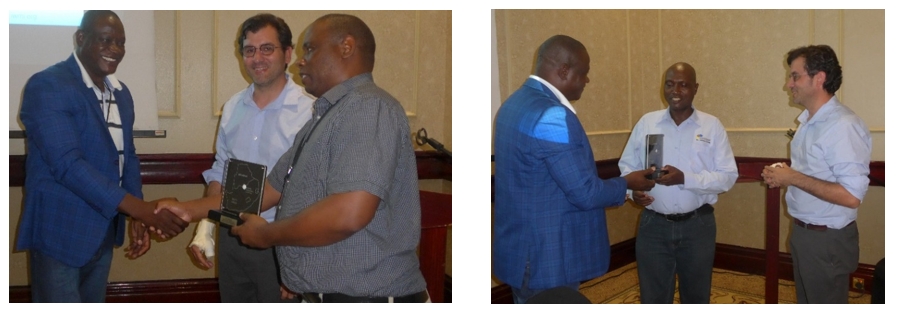
Mr. Sergio Sitoe (LIMCOM) and Dr. Jonathan Lautze (IWMI) presenting a plaque as a souvenir of the Ramotswa Project to Mr. Sakhile Mndaweni (DWS-South Africa) (L) and Mr. Keodumetse Keetile (DWS-Botswana) (R). (Photo credit: Karen Villholth, IWMI)
Implemented in two phases during 2015-2019 and led by the International Water Management Institute (IWMI), the RAMOTSWA Project supported the development of a long-term joint vision for cooperative management of groundwater resources in the Upper Limpopo region, particularly those shared by Botswana and South Africa. Under the coordination of Karen Villholth, leader of IWMI’s groundwater research and the then RESILIM Program, this project was the first to focus on transboundary aquifers in the Limpopo River Basin. The Ramotswa Transboundary Aquifer was the second such aquifer to be addressed within the wider SADC region.

Workshop delegates (Photo credit: Manuel Magombeyi, IWMI)
The project’s major outputs include a transboundary diagnostic of the aquifer, an airborne electromagnetic survey, agricultural water management solutions for smallholder farmers, the online Ramotswa Information Management System (RIMS), a dynamic hydrogeological model, an assessment of the potential for managed aquifer recharge (MAR), and a thorough investigation of nitrate pollution, which affects the water supplies for 40,000 people, including its links to climate change and possible solutions.
A key message of the workshop was the importance of carrying forward the Ramotswa Joint Strategic Action Plan through the Joint Permanent Technical Committee (JPTC), with support from LIMCOM. The event also underlined the need to organize future activities around the Ramotswa and other shared aquifers in the framework of river basin organizations, whenever feasible, in this case LIMCOM. The RAMOTSWA Project has paved the way for other projects to carry its work forward. The workshop concluded with the presentation of souvenirs to the two countries, engraved with the words “Our Shared Ramotswa Heritage for Future Prosperity.”
To sign up for GRIPP news and updates, click here.






